Under Hawaiian eyes
The Pearl Harbour memorial to the 1,177 American sailors and marines (1,102 still entombed) who lost their lives on the USS Arizona on the morning of December 7, 1941 and the USS Missouri battleship memorial, are the bookends of US history in the Pacific War (1941-45).
With the sinking of the battleships of the US Pacific Fleet, including Arizona, Japan awakened ‘a sleeping giant, and filled him with a terrible resolve’, to quote the fears of the Japanese architect of the surprise Pearl Harbour attack, Admiral Isoroku Yamamoto. Prophetic words and, on September 2, 1945, the American giant accepted the Japanese surrender in Tokyo Bay, on the decks of Missouri.
Legends abound about the Pearl Harbour attack.
One of the more moving tales is that when the last survivor of the Arizona passes away, then the oil which still leaks daily from the sunken vessel, will stop. The casualties below decks on Arizona were said to be very heavy because the ship’s band had won a fleet competition the night before. The prize was that the crew of the winning vessel could sleep in on that fateful Sunday morning. What is unquestionably true is that the entombed Arizona warriors inspired America’s fighting men and women from Guadalcanal to Guam. And the Japanese attack failed.
The Japanese missed the American carriers, which were ferrying marines to Wake Island. Further, the Japanese Navy’s failure to launch a third wave attack meant that the US Navy’s oil supplies were not destroyed.
Combine these realities and the Allied victories in both the Coral Sea and at Midway, off the back of US carrier strength, assume even greater significance. One final point about the Arizona memorial. The public appeal to raise funds for its construction was short in the early ‘60s. An anonymous gift of $50,000 made the creation of the memorial possible. The donor was Elvis Presley, whose career owed much to the movie Blue Hawaii (1961) and his comeback concert a decade later.
This year marks the tenth anniversary of the Honolulu conference of the Australian-American Leadership Dialogue, which brings politicians and military, media and business, professional and community leaders together to focus on the Alliance, especially in our region. US Pacific Command, along with the East-West Centre of the University of Hawaii, are generous hosts; the discussions are candid; the camaraderie suggests an ease of dealing which is routine. Australians are embedded in senior and sensitive roles in the PACOM structure and levels of co-operation approach the seamless. The Australian delegation, led by Phil Scanlan (Founder) and Co-Chair Mark Vaile, former Deputy PM, enjoys access to American strategists at the highest levels of the US Asia/Pacific policymaking machinery. This is not surprising, as the Americans originally sought to create this dialogue with Australia, to concentrate on Asia/Pacific challenges.
The current US Pacific Commander is Admiral Harry Harris, rumoured to be under close consideration to be the next US Ambassador to Australia.
Canberra would welcome such an appointment for the Admiral is regarded justifiably as a good friend of Australia. Open and engaging, you are never left wondering what Harris thinks but his outspokenness on security challenges in our region is matched by a thoughtful and analytical approach to policy issues, which is evident, in his observations. Perhaps unusually for a military man, the Admiral has a seemingly inexhaustible store of political anecdotes, with which he liberally laces his speeches. Harris would be a welcome newcomer to the Australian diplomatic circuit.
Menzies once told Lyndon Johnson that a US ambassador in Canberra needed only one qualification for the job: an ability to pick up the phone and speak directly to the President. Harris may not enjoy this connection to 1600 Pennsylvania Avenue. Few do, for very long, except the Trump family. But the Admiral’s strategic thinking and blunt advocacy will afford him unquestioned diplomatic strength well beyond Canberra.
US foreign and defence policy is bifurcated; divided between official Washington policy, originating at State or in the Pentagon, and competing tweeted White House interventions, which seem mainly to confuse and occasionally to contradict.
Rex Tillerson, and James Mattis, carry the burden not only of projecting US policy but clarifying and explaining Presidential Twitter meanderings. Without their patient attention to detail and the preparedness of Chief of Staff John Kelly to restrain and restrict, American foreign and defence policy, they would surely slide into chaos. Policymakers on the ground appear to be adjusting to this new reality. The focus in Honolulu is remorselessly on Korea; militarily, diplomatically, economically and politically. Trump’s visit to the region is meant to reassure allies and cause adversaries to pause. The challenge is real. Much is in the balance for the future, especially in North Asia.
All elements of the US military are under continuing budget pressures, which brings home the limits of American power globally. Astonishingly, the Governor of Hawaii, David Ige, disposes of a squadron of F22 Raptors, courtesy of the composition of the Hawaii Air National Guard. The Raptor is the most lethal fighter interceptor in the world and the US was not prepared to sell them to its closest Allies in Europe or the Asia-Pacific. So Ige has a component in his State’s Air National Guard superior to every Air Force except the US AF. Curious to the point of bizarre.
Waikiki appears a little tired, in need of an injection of entrepreneurialism and creativity. Hawaiian infrastructure lags badly behind growing demand. Having said this, there is little to compete anywhere with the sweep of Waikiki Beach north to the Royal Hawaiian Hotel. It appears timeless and hopefully the Pacific sun disappearing below the horizon of an evening is setting neither on American power nor purpose.
Got something to add? Join the discussion and comment below.
Get 10 issues for just $10
Subscribe to The Spectator Australia today for the next 10 magazine issues, plus full online access, for just $10.
You might disagree with half of it, but you’ll enjoy reading all of it. Try your first month for free, then just $2 a week for the remainder of your first year.

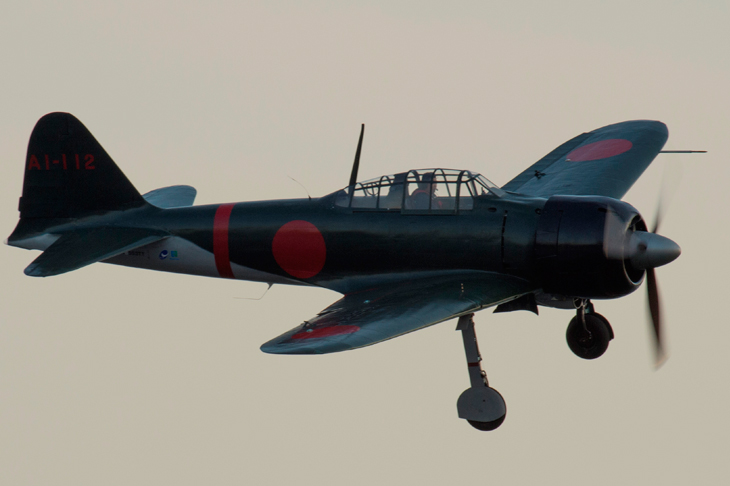
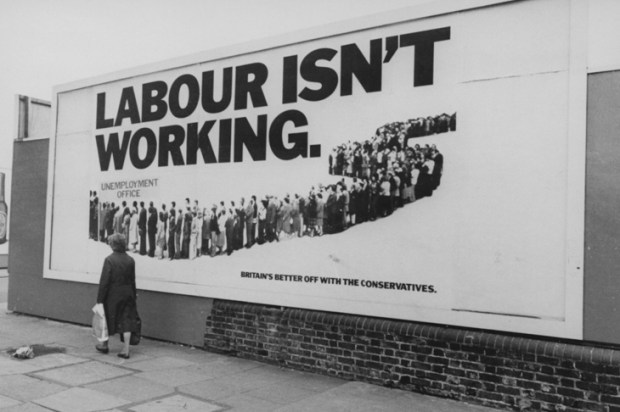
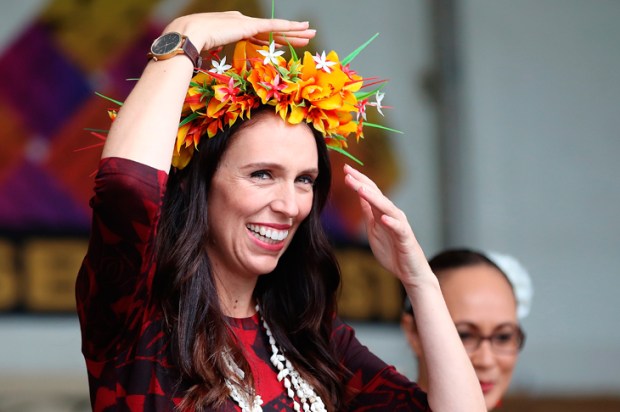
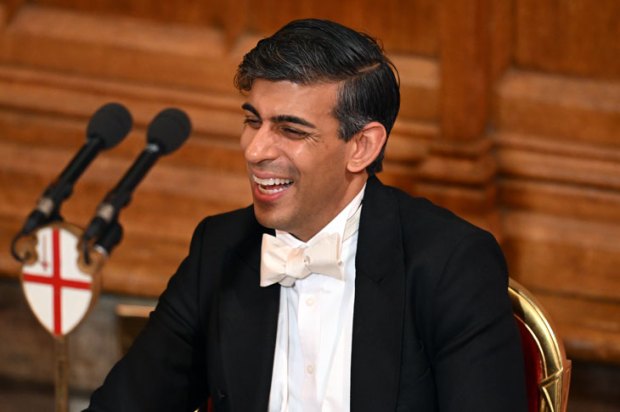
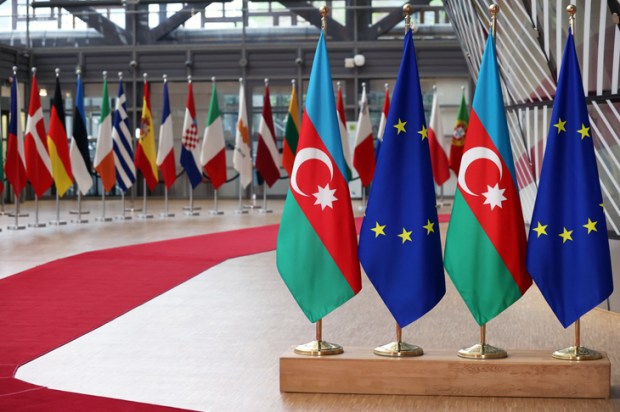
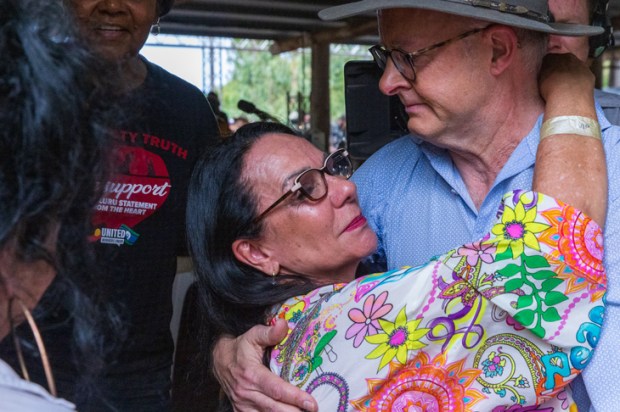
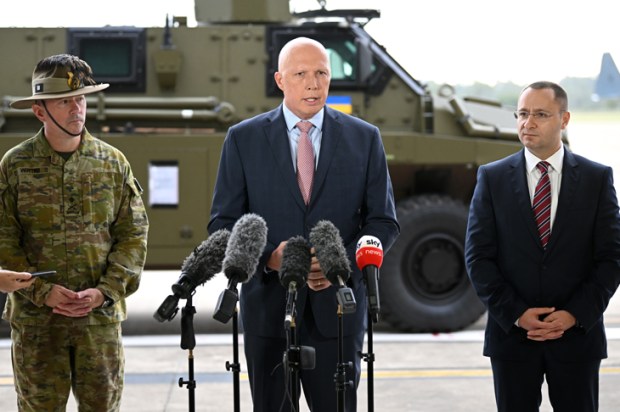






Comments
Don't miss out
Join the conversation with other Spectator Australia readers. Subscribe to leave a comment.
SUBSCRIBEAlready a subscriber? Log in